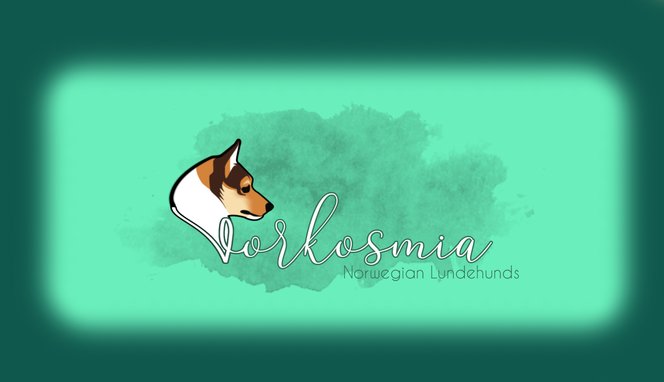What is important for us?
Character, health and conformation are the things we look at when deciding to use our Lundehund for breeding or not. Some breeders think character is most important, others think conformation is the most important. For me character and health are most important, but conformation is also important, I wouldn't use an unsound dog in breeding. Besides that, we also look at the inbreeding coefficient.
We are members of Scandia and breed according to their rules. We do some additional health tests, like the test for luxating patellas and eye diseases (ECVO). This is not required when breeding Lundehunds, but I think it is important to know what you're breeding with, so you don't breed two dogs with the same issue together. For the Lundehund it is important to use as many dogs as possible for breeding, because of their small gene pool.
To know what puppy will fit best in what family, we observe them a lot. In the first weeks of a puppy's life, they develop their character, it is important to find a breeder who socialize their puppies in a responsible way. When the puppies move to their new homes, it is up to the new owner to continue the socialisation. For us it is very important to breed dogs with a stable character.
When choosing a stud for our female, we prefer to meet him in real life first. This sadly isn't always possible as the studs usually live far away. He doesn't have to be a champion, as long as he 'fits' our bitch. Of course we also want the stud to be health tested. For me (and probably a lot of other Lundehund breeders) the inbreeding coefficient is very important, we strive for a low COI. We also try to find out if the stud has been used with bitches with a similar pedigree, as we think the combination we are considering has to bring something "new" to the population. We, as Lundehund breeders, are very happy with the Pawpeds Database. Most breeders don't look further than the 6th generation, but we prefer to focus on a COI of 10% or lower at the 10th generation. Of course this isn't always possible, as health, character and conformation also play a role. Besides all that, we're also looking at what (and how many!) ancestors they have in common, and we're also looking at the brothers, sisters and the possible offspring of the stud. And last but not least, we look if the planned combination can be used for further breeding, are there any good partners for the puppies of the combination we're considering? We try to think ahead.
